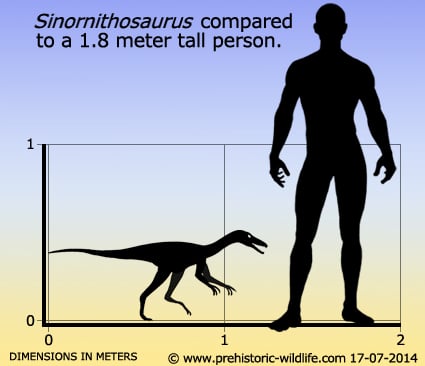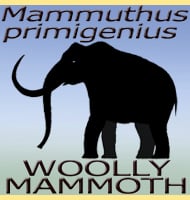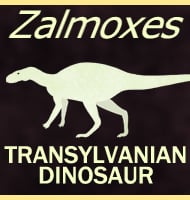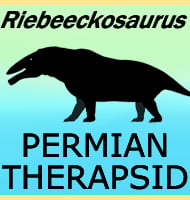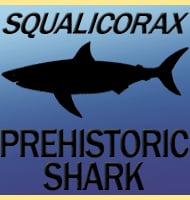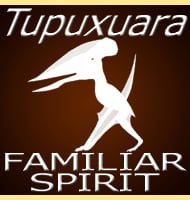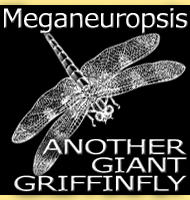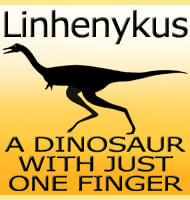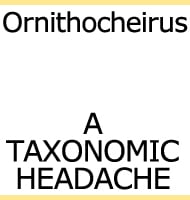In Depth
Sinornithosaurus was especially well preserved, and not only were the presence of feathers clearly revealed; they showed indications of having differing colours for different body areas. The feathers, while not exactly like those of modern birds, are still more advanced than in other species, including some of the later dromaeosaurids. This is significant as it helps cement the argument that birds evolved from dinosaurs, but not from the later and larger dromaesarids, which detractors to the theory say is impossible. Instead it proves that the transition happened earlier with smaller dinosaurs that possibly also led arboreal lifestyles.
As a living creature, Sinornithosaurus probably hunted around the forest floor looking for things like small mammals. Very interestingly the scleral rings indicate a cathermal lifestyle, meaning that Sinornithosaurus would have been active for small periods throughout the day or night. Aside from the usual night or day scenario, this would be good advantage for a forest hunter as light levels would be constantly changing as it moved through varying vegetation densities in the forest.
Sinornithosaurus once had the suggestion put forward that it had a venomous bite. This was based on an interpretation of the front teeth being elongated and grooved to allow poison to run through, with space for poison glands in the skull. However a subsequent study has cast significant doubts against this theory on the basis that grooved teeth are known throughout all theropods, and are not indicative of poison delivery. The study also explained the elongated teeth simply as regular sized teeth that had partially fallen out as a result of the skull being crushed during the preservation process. No evidence was found to support the presence of poison glands on the basis that all the internal skull areas were as expected to be, with no special area for glands.
Further Reading
– Cretaceous age for the feathered dinosaurs of Liaoning, China. – Nature 400:58-61 1 July 1999. – Carl C. Swisher, Yuan-qing Wang, Xiao-lin Wang, Xing Xu & Yuan Wang – 1999. – A dromaeosaurid dinosaur with a filamentous integument from the Yixian Formation of China. – Nature” 401:262-266. – Xing Xu, Xiao-Lin Wang & Xiao-chun Wu – 1999. – Branched integumental structures in Sinornithosaurus and the origin of feathers. – Nature 410 (6825): 200–204. – X. Xu, Z. Zhou & R. O. Prum – 2001. – The distribution of integumentary structures in a feathered dinosaur. – Nature 410(6832) 1084-1087. – Q. Ji, M. A. Norell, K. Q. Gao, S. -A. Ji & D. Ren – 2001. – Restudy on a small dromaeosaurid dinosaur with feathers over its entire body. – Earth Science Frontiers 9 (3): 57–63. – Q. Ji, S. -A. Ji, C. -X. Yuan, X. -X. Ji – 2002. – A new species of dromaeosaurids from the Yixian Formation of western Liaoning. – Geological Bulletin of China. 23 (8): 778–783. – J. Liu, S. Ji, F. Tang & C. Gao – 2004. – The birdlike raptor Sinornithosaurus was venomous. – Proceedings of the National Academy of Sciences. – E. Gong, L. D. Martin, D. E. Burnham & A. R. Falk – 2009. – Evidence for a venomous Sinornithosaurus. – Pal�ontologische Zeitschrift – E. Gong, L. D. Martin, D. A. Burnham, A. R. Falk – 2010. – A reassessment of the purported venom delivery system of the bird-like raptor Sinornithosaurus. – Pal�ontologische Zeitschrift – F. A. Gianechini, F. L. Agnolin & M. D. Ezcurra – 2010. – Fossilized melanosomes and the colour of Cretaceous dinosaurs and birds – Nature 463(7284), p. 1075. – Funcheng Zhang, Stuart L. Kearns, Patrick J. Orr, Michael J. Benton, Zhonge Zhou, Diane Johnson, Xing Xu & Xiaolin Wang – 2010.
